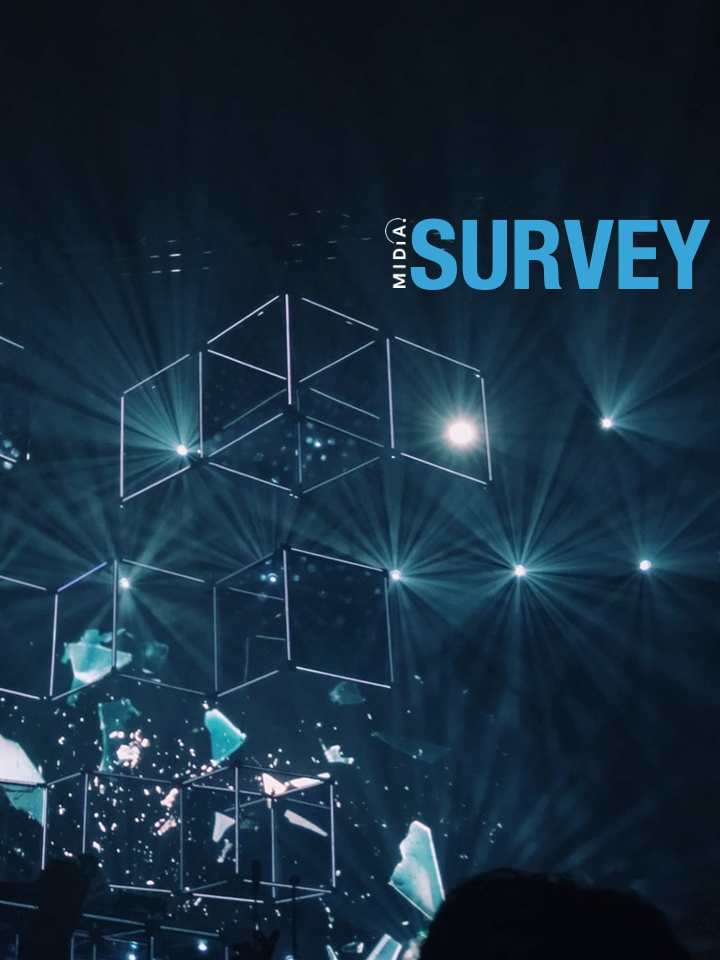Time and money spent on entertainment by music segments Q4 2022 Available for: US, UK, Canada, Australia, Germany, France, Sweden, South Korea, Brazil

Get access to this dataset
Already a MIDiA client? Login here to view this dataset.
New to MIDiA? Get in touch with our client success specialists to purchase this dataset and gain a competitive edge today.
Overview:
This dataset contains survey data regarding time spent in the past week and money spent in the past month. It includes questions regarding:
Time spent over the past week on the following: Listening to music, listening to music on streaming services (e.g., Spotify), watching videos on YouTube and other social video platforms (e.g., Twitch, Facebook Watch, TikTok), watching TV on a TV set (not including video streaming), streaming TV shows or movies on subscription video services (e.g., Netflix, Amazon Prime Video), playing games (on mobile, PC, or console), using social media (e.g., Facebook, Instagram, Twitter, Snapchat), listening to radio, listening to audiobooks, listening to podcasts, creating / producing content, any other digital entertainment (e.g., web browsing, ebooks, forums, watching live sports), non-digital home entertainment (e.g., reading books, board games), non-digital out of home entertainment (e.g., bars, restaurants, playing or attending sports), and doing nothing / just chilling.
Money spent over the past month on the following: Buying music (e.g., CDs, downloads, vinyl, streaming), live music / concerts / gigs, Pay-TV subscription (e.g., cable TV, satellite TV) but NOT streaming, video streaming (e.g., Netflix, Amazon Prime Video), games (mobile, PC, or console), in-game items (e.g., lootboxes, skins, in-game currency), news and magazines (online / mobile / print), audiobooks (e.g., Audible), a subscription to a creator's content (e.g., Patreon, OnlyFans, Twitch), going to the cinema / movie theatre, and buying merchandise from a music artist or band.
This data is available across over 115 music segments.
Key benefits:
- Understand the popularity of different forms of digital and IRL entertainment across more than 115 music segments, benchmarked against the all consumer average and music streamer average
- Inform your attention economy estimates
- Inform your cross-entertainment strategy
- Understand the ratios between time spent on different entertainment types
Examples of questions answered:
“What percentage of Spotify users spend ten hours or more per week listening to music?”
“How much time does the average American spend on streaming music?”
“How much money do gig attendees spend on live music per month? How does this compare to live concert streamers?”
“Do SoundCloud users spend more time than Spotify users listening to music?”
“How much money do metal fans spend buying music per month?”
Key segments included:
By demographics:
Age, gender, age within gender, and income.
By behaviour:
Music streamers, music subscribers, digital single buyers, CD buyers, vinyl buyers, free music downloaders, gig attendees, merchandise buyers, in-car music streamers, live concert streamers, podcast listeners, streaming radio listeners, playlist curators, playlist listeners, album streamers, TV-show music streamers, Shazam music streamers, TikTok music streamers, playlist pre-savers, song sharers, radio listeners, and music radio listeners.
By time and money spent:
High and low music spenders, high and low time spent on music listening, aficionados (high money spent, high time spent), collectors (high money spent, low time spent), forgotten fans (low money spent, high time spent), the passive majority (low money spent, low time spent), and high and low merchandise spenders.
By service:
Weekly active users (WAUs), daily active users (DAUs), and paid users (where applicable) of YouTube Music App, YouTube (for music videos), SoundCloud, Tidal, Spotify, Apple Music, Amazon Music Unlimited, Amazon Music Free, Pandora, Audiomack, Shazam, Apple One, and Deezer.
By fans of specific music genres:
Afrobeats, classical, country, electronic / dance / EDM, hip hop, indie / alternative, jazz, K-pop, latin, metal, pop, R&B, rock, and world music.
By radio station / radio platform listeners:
US only: iHeart, Slacker, NPR, WHTZ-FM, KIIS-FM, WBMP-FM, KCRW, Sirius XM, and WLTW-FM.
UK only: Capital, Heart, Magic, Radio 1, Radio 2, Radio 6, Radio 1Xtra, Classic FM, Radio 3, Scala, Radio X, and Kiss.Australia only: WSFM, Smooth FM, Kiis106.5, 2GB, 702 ABC, NOVA 96.9, ABC Radio, and Gold 104.3.
Canada only: CBC Radio One, CBC Radio Two, CHFI-FM, CHUM-FM, BOOM-FM, CFRB, Ici Radio, and TSN Radio.
Germany only: Dokumente und Debatten, Deutschlandfunk Kultur, Deutsche Welle, Deutschlandfunk Nova, Deutschlandfunk, WDR1 Lice, and SWR3.
France only: RTL, Europe 1, France Inter, Les Indes Radios, Franceinfo, RMC, and NRJ.
Sweden only: Rix FM, Lugna Favoriter, Bandit Rock, Sveriges Radio P1, Sveriges Radio P3, Dansbandska, and Electro Lounge.
South Korea only: MBC FM4U, KBS Cool FM, SBS Power FM, SBS Love FM, MBC Standard FM, and KBS Radio 2.
Brazil only: Globo, Transcontinental, Itatiana, Gazeta, Joven Pan, and Radio Alfa.
(note: services, companies and products vary by country)
Tags
music behaviorCompanies
Spotify Pandora Deezer Soundcloud Shazam apple music Tidal amazon music unlimited AudiomackRoles
This report is relevant to the following roles:
Audience Insight